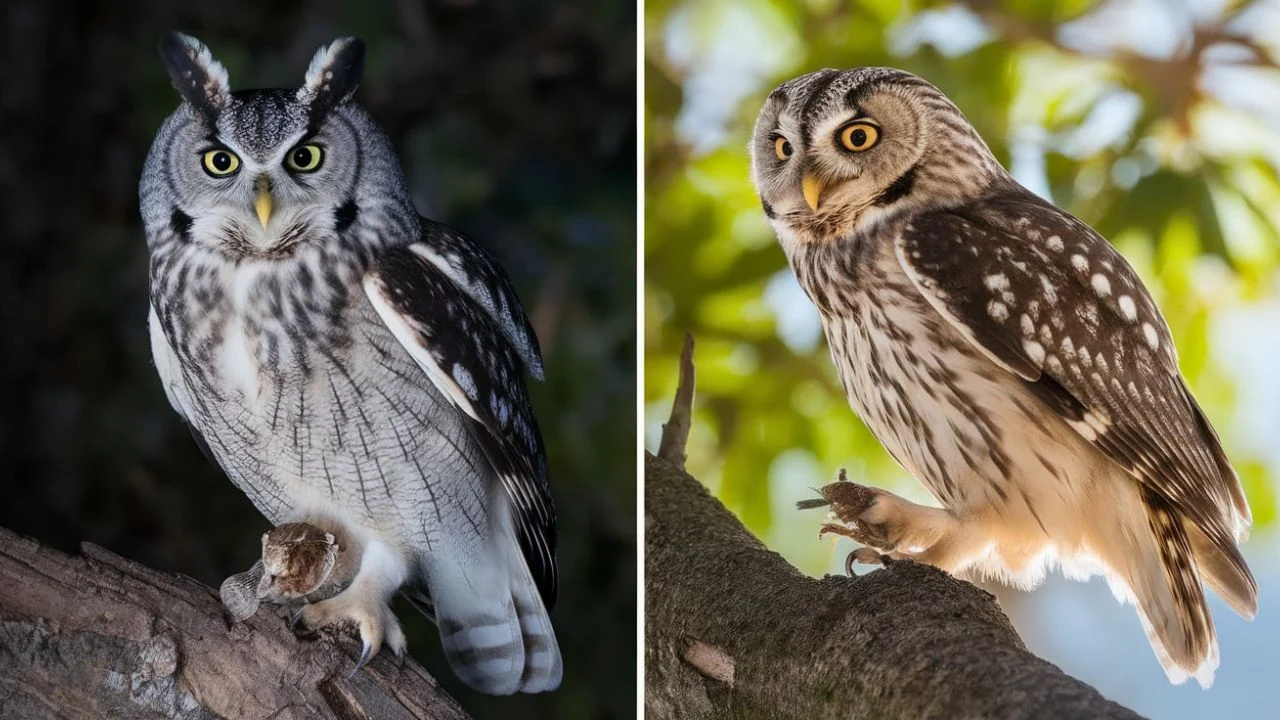
A groundbreaking study reveals shocking changes in owl behavior. Light pollution is turning nocturnal owls into daytime hunters.
Scientists tracked 450 owls across major cities. They found surprising results. Urban owls now spend more time hunting during day. This marks a dramatic shift in their natural patterns.
“We’ve never seen anything like this before,” says Dr. Sarah Martinez, lead researcher at Cornell’s Ornithology Department. “These owls are completely changing their ancestral behaviors.”
The study focused on three owl species. These included Barn Owls, Great Horned Owls, and Barred Owls. All showed significant behavioral changes.
The Numbers Tell a Startling Story
Recent data shows concerning trends. Urban areas saw a 73% increase in daytime owl activity. This happened over just five years.
Light pollution affects owls in several ways:
- It disrupts their hunting patterns
- It changes their sleep cycles
- It impacts their breeding success
- It forces adaptation to survive
“The artificial light confuses their internal clock,” explains wildlife biologist Dr. James Chen. “It’s like permanent jet lag for these birds.”
Urban Owls Face New Challenges
City-dwelling owls face unique problems. They must compete with daytime birds. They need new hunting strategies. Their eyes strain in bright light.
The California Wildlife Center reports changes. They see more owls with eye problems. Daytime hunting strains their sensitive vision.
“We’re treating twice as many owls now,” says veterinarian Dr. Lisa Wong. “Many show signs of eye stress and fatigue.”
How Cities Are Responding
Some cities take action. They implement dark-sky policies. They install wildlife-friendly lighting. They create owl-friendly zones.
Chicago leads the way. They dimmed city lights by 40% in key areas. Owl populations showed improvement there.
Portland followed suit. They created “owl corridors” with minimal lighting. These paths help owls navigate safely.
What This Means for Urban Wildlife
The changes affect entire ecosystems. Daytime hunting owls impact other species. They change predator-prey relationships.
Scientists worry about long-term effects. These include:
- Disrupted food chains
- Changed breeding patterns
- Stressed owl populations
- Altered urban ecosystems
Conservation Efforts Show Promise
New initiatives bring hope. Cities worldwide adopt owl-friendly policies. Communities install better lighting.
The International Dark-Sky Association reports progress. More cities join their program each month.
“We can reverse this trend,” says conservation expert Maria Garcia. “But we need to act quickly.”
Looking Ahead
Researchers continue monitoring changes. They track owl populations closely. They study adaptation patterns.
Communities can help protect owls. They can:
- Use motion-sensor lights
- Install shielded streetlamps
- Create dark zones
- Support conservation efforts
The future remains uncertain. But awareness grows. Cities take action. Owls show remarkable adaptability.

